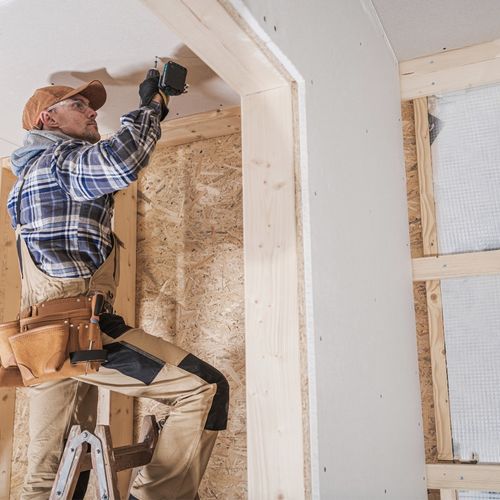If you’ve been reading my emails, blog, or watching my YouTube videos, you know that I’m practically obsessed with the law of supply and demand, and how it drives our real estate market.
The law of supply and demand is a law, like gravity. It exists everywhere, at all times. There’s no escaping it. To a very large extent, the law of supply and demand determines how much you’ll be able to sell your home for at any one given moment in time.
When I ask people if they’re familiar with the law of supply and demand, there’s always only a single answer: yes, of course. Everyone is familiar with it. And when I ask if they believe in the law of supply and demand, everyone always responds in the affirmative as well.
As everyone knows, the law of supply and demand dictates that when supply is low and demand is high, prices will rise. And if you ask people if this is also true for the real estate market, people nod their heads and agree. Yes, of course, the law of supply and demand affects home prices too.
I tell my clients – sellers and buyers alike – that the way to drive up a home sale price is to set the list price low. By pricing a home below what appears to be market value, you will find more demand for the home, while at the same time positioning it in a market segment of lower supply (considering the the greater value presented by a home in the low price range).
But a funny thing happens when it comes to discussing specific houses.
For example, a few days ago I was talking to a colleague about the pricing for a listing she has coming up. The house had a number of characteristics that made it a challenge to estimate how much it would be likely to sell for.
I suggested that the agent price the home low, because with a home like this, it would be easy to price it too high accidentally. And overpricing any home is the kiss of death (at least if you want to get the highest price and best possible terms for it).
I explained that the law of supply and demand – and some deft negotiation on her part – would get the seller the best price. Just price it low, get buyers in the door, solicit offers, and bid them up.
The agent, however, was unconvinced. This property, she asserted, is different. It is a rural property. You don’t get bidding wars on rural properties. The law of supply and demand and a pricing strategy to get a bidding war going just wouldn’t work for this home.
While this was a semi-rural property, you can swap our “rural” for any other adjective or condition: big, small, old, run-down, over-improved, dated, on a busy street, unique floor plan, whatever – and often, there’s a combination of factors which supposedly make a property immune to the law of supply and demand.
As it happens, I had some buyers who made an offer on a different semi-rural property at exactly this same time. The list price for this other semi-rural property was a little low; I estimated about 5% below fair market value (at least, according to the best comparables available).
The market response to this semi-rural, under-priced property was predictable: seven offers in seven days. Four of those offers were cash.
I’m pleased to say that my buyers came out on top in highest-and-best bidding, with an offer that was nearly 19% over list price. And, need I say, the terms were excellent for the seller as well: all cash, non-contingent, closing in 9 days.
So what’s this about the law of supply and demand not working for rural properties? Or whatever-properties? It is, in a word: poppycock.
It doesn’t matter if a property is rural, semi-rural, run-down, over-improved, on a busy street, in a airport flight path, located underneath high tension power lines, or built next to a sewage treatment plant. The law of supply and demand is universal, but for these kinds of “challenge” properties, it is even more important to lean into the law of supply and demand and use a pricing and negotiation strategy that virtually guarantees the seller will get the best price and terms presently available from the real estate market.
I shudder to think about my colleague bringing that other home to the market with a high price. Chasing a market down through price cuts is never a fun experience, and statistically, it is very clear that this will result in a lower sale price for the seller – often much lower, after weeks or months of agonizing waiting for a (lowball) offer to finally come in.
Setting a high list price over fair market value will not result in a high sale price. It will only result in bitter disappointment and money left on the table.
Amazing Mountain View Homes for Sale
2
3
4
5
6
7
8
9
10
11
12
13
14
15
16
17
18
19
20
21
22
23
24
25





